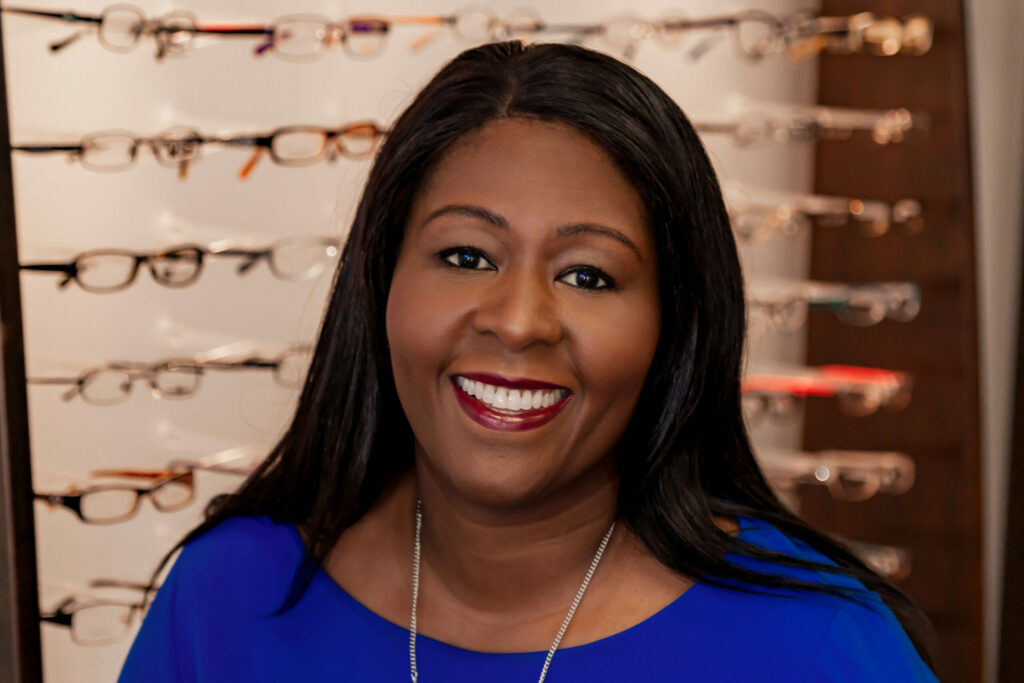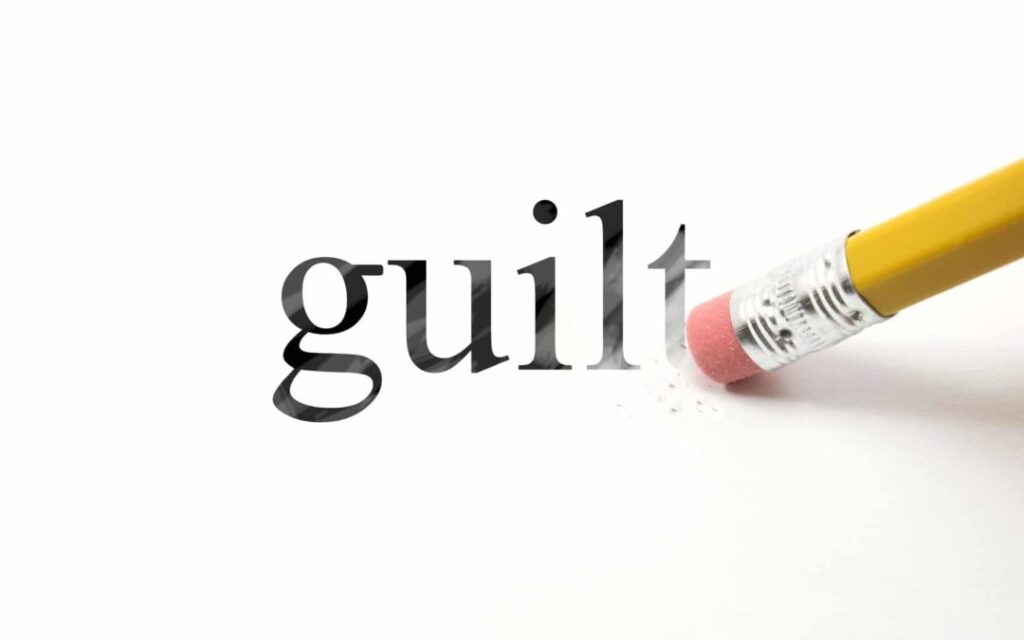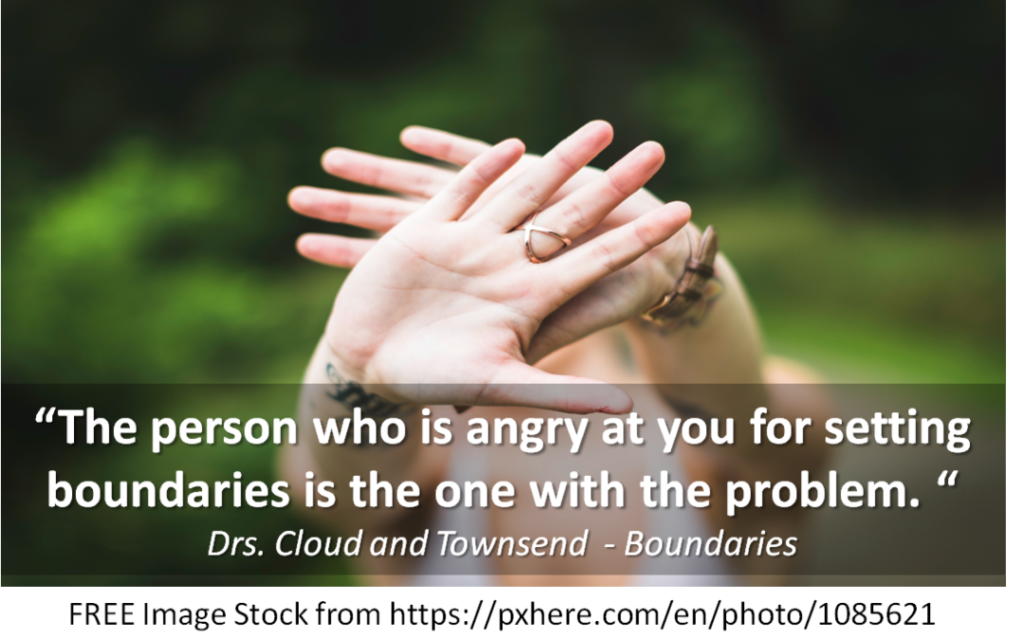Why Working Moms Shouldn’t Stress about “Mommy Guilt”—Reason #3—“Guilt is what keeps us human.”

The Webster dictionary defines guilt as a feeling of remorse for an offense, whether real or imagined. But working mothers know “Mommy Guilt” is much more pervasive than that—it’s an emotional weight that settles in when we feel torn between too many “damned if we do, damned if we don’t” scenarios. Balancing work, home life, and everything in between can make guilt feel inescapable.
As much as we hate it, guilt can remind us of our deep love and commitment to our families. But the danger is that too much “Mommy Guilt” can be a waste of time and energy, especially when it traps us in a negative cycle of self-doubt.
Let’s look at Mara’s story. If you’ve followed our “7 Secrets of a Confident Woman” series, you may remember her. If not, you can check out her backstory [here].
Mara is the quintessential supermom. She’s up by 7 a.m., rushing to prepare breakfast and get her kids ready for school. She manages two school drop-offs, then dives into her full-time job. After work, she shuttles her kids to after-school activities like swimming, gymnastics, soccer, and music lessons. Oh, and she’s on the PTA, does all the housework, and cooks from scratch almost every night.
At this point, you might wonder how she does it all. Does Mara secretly wear a red cape? Or maybe Vogue’s 2018 lavender shade? Whatever her secret, Mara still struggles with guilt over not doing “more” for her family. Yes, you read that right. Despite her Herculean efforts, Mara often feels she could do better.
So, why does Mara, and countless other working moms, experience this guilt?
The Source of Mommy Guilt
Mara’s guilt likely stems from her deep love for her family. Her “Mommy Guilt” is a manifestation of her desire to give them the best. And while it’s rooted in love, too much of this guilt can become overwhelming and counterproductive. The important thing for Mara—and for all working moms—is to remember reason #3: Guilt is what keeps us human.
Guilt Is Normal—But Don’t Let It Define You
Dr. Dana Dorfman, a psychotherapist and co-host of the podcast “2 Moms on the Couch,” says, “A person without guilt is a sociopath.” Feeling guilt, she explains, indicates you are a compassionate, responsible, and normal human being. So while “Mommy Guilt” may never fully disappear, it’s important to acknowledge that it’s a normal part of being a parent.
But don’t let it define your life. It’s essential to recognize your guilt without allowing it to spiral into endless self-criticism. Mara, like so many of us, is doing her best—and that’s more than enough.
A Call to Validate Your Struggles
What if instead of letting guilt trap you, you used it as a reminder of how much you care? Choose to validate and respect the challenges of being both a mother and a professional. You’re only human, not superhuman. You will make mistakes, and that’s okay. Guilt may be a natural response to imperfection, but it doesn’t have to take control of your life.
Remember that lifetimes aren’t defined by one bad day or one mistake. Childhoods are made up of parents trying their best, offering love, attention, apologies, and examples. They’re also made up of little kids learning, growing, and making their own mistakes. So, if you missed an important moment today, it’s okay—there’s always tomorrow.
The Takeaway
Reason #3 for not stressing over “Mommy Guilt” is simple: Guilt is what keeps us human. Guilt doesn’t mean you’re failing as a mom; it means you care. Embrace the imperfection of motherhood, validate the struggles, and remember, even supermoms like Mara feel it too. But that’s just one reason why you shouldn’t stress over “Mommy Guilt.” We’ve got two more, and if you think reason #3 was empowering, just wait until you hear reason #2.
Stay tuned as we continue the countdown from Reason #3 to #1 on our motherhood article series!
Share Your “Mommy Guilt” Stories
All working moms have “Mommy Guilt” stories—moments where we second-guess ourselves, cringe at our perceived failures, and wonder if we’re doing enough. What’s yours? We’d love to hear your stories! Share them in the comment section below for a chance to be featured in our next article in this series. Let’s embrace our shared experiences and lift each other up. This should be fun!
Call to Action: Join the Conversation!
Ready to let go of some of that “Mommy Guilt” and embrace the beauty of imperfection? Share your story with us and be part of a community that understands what you’re going through. Plus, keep an eye out for the next article in this series as we dive deeper into why you shouldn’t stress about “Mommy Guilt.” Join us at OptometryDivas.com!






Responses